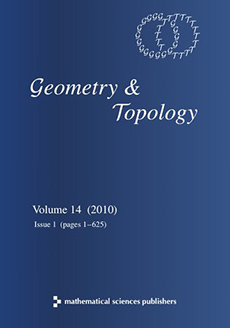Abstract
We construct “barcodes” for the chain complexes over Novikov rings that arise in Novikov’s Morse theory for closed one-forms and in Floer theory on not-necessarily-monotone symplectic manifolds. In the case of classical Morse theory these coincide with the barcodes familiar from persistent homology. Our barcodes completely characterize the filtered chain homotopy type of the chain complex; in particular they subsume in a natural way previous filtered Floer-theoretic invariants such as boundary depth and torsion exponents, and also reflect information about spectral invariants. Moreover, we prove a continuity result which is a natural analogue both of the classical bottleneck stability theorem in persistent homology and of standard continuity results for spectral invariants, and we use this to prove a –robustness result for the fixed points of Hamiltonian diffeomorphisms. Our approach, which is rather different from the standard methods of persistent homology, is based on a nonarchimedean singular value decomposition for the boundary operator of the chain complex.
Citation
Michael Usher. Jun Zhang. "Persistent homology and Floer–Novikov theory." Geom. Topol. 20 (6) 3333 - 3430, 2016. https://doi.org/10.2140/gt.2016.20.3333
Information





